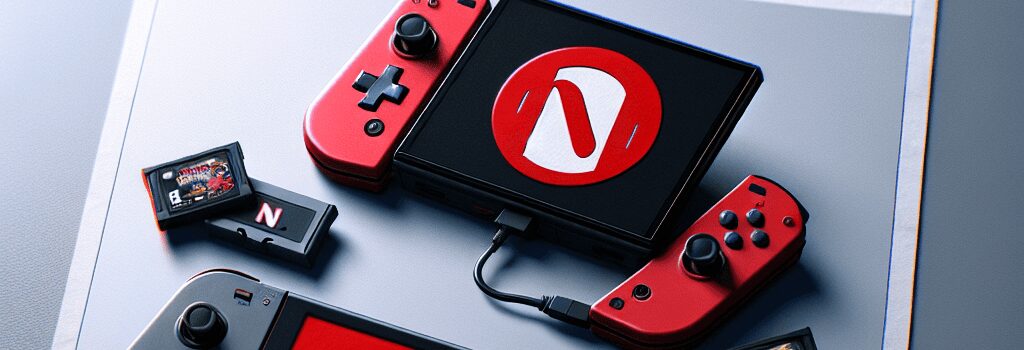Nintendo: Free Switch 2 Updates for Original Switch Games

With the upcoming release of the Nintendo Switch 2 on the horizon, Nintendo has shared new technical insights into how it plans to deliver free updates that enhance performance and visual fidelity for existing Switch titles. These firmware-driven improvements—including frame rate smoothing, dynamic resolution scaling, and GPU-level optimizations—are designed to run transparently on the new hardware, giving players a smoother experience without developers needing to recompile their games.
Key Performance Improvements
- Frame Rate Stabilizers: The Switch 2’s custom Nvidia Tegra X2.1 SoC includes an upgraded GPU scheduler that can inject micro-patches at runtime, correcting frame drops and mitigating stutter in titles like Pokémon Scarlet and Violet. Benchmarks from Nintendo’s labs show potential frame-rate gains of up to 20 percent in CPU-bound scenes.
- Dynamic Resolution Upscaling: Leveraging a hardware-accelerated temporal upscaler, the new console can boost base games from 720p to 1080p (docked) or stabilize at 900p (handheld), adjusting on a per-frame basis. This technique borrows machine-learning inference blocks from Nvidia’s DLSS lineage but is tailored to Nintendo’s power envelope.
- Memory Bandwidth Reallocation: With 16 GB of LPDDR5 RAM clocked at 6 400 MT/s, the Switch 2 dynamically reallocates memory channels to prioritize texture streaming and shader workloads for legacy titles, reducing load times by an estimated 15 percent compared to the original Switch.
Developer Toolkit Enhancements
Nintendo is also updating its SDK and NX Build Tools to expose new APIs for optional game-specific patches. While most improvements are delivered as system firmware, studios can choose to integrate additional support for the Switch 2’s features—such as per-pixel variable-rate shading (VRS) and custom compute shaders—through an incremental patch process that maintains backward compatibility.
Performance Benchmarks and Expert Opinions
Early tests from third-party analytics firm FrameMetrics indicate that patched titles achieve roughly 30 percent fewer frame drops in handheld mode and a 1.5× increase in average fill-rate on GPU-bound scenes. “Nintendo’s approach to runtime grafting of performance code is unique in the console space,” says Dr. Elena Garcia, senior GPU architect at GameTech Insights. “They balance power consumption and performance headroom effectively, avoiding the pitfalls of excessive thermal throttling.”
Backward Compatibility and Ecosystem Impact
Backward compatibility remains a cornerstone of Nintendo’s strategy. All legacy cartridges and digital titles will receive these under-the-hood optimizations automatically when running on Switch 2 hardware. This not only preserves players’ libraries but also incentivizes early adopters by increasing the longevity and polish of existing games.
Future Prospects and Expansion
Looking beyond the initial wave of free updates, Nintendo hinted at possible cloud-based enhancements for select titles, leveraging edge compute servers to offload intensive post-processing effects—like ray-traced reflections—without burdening the local SoC. Such a hybrid approach could pave the way for more advanced graphical features down the line, especially in regions with robust 5G and fiber networks.